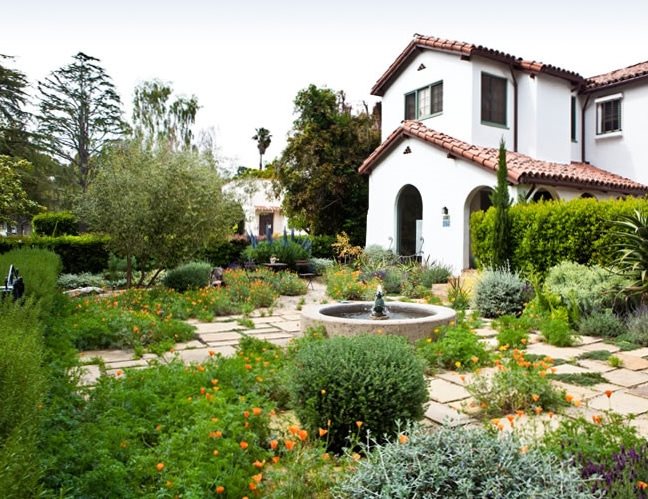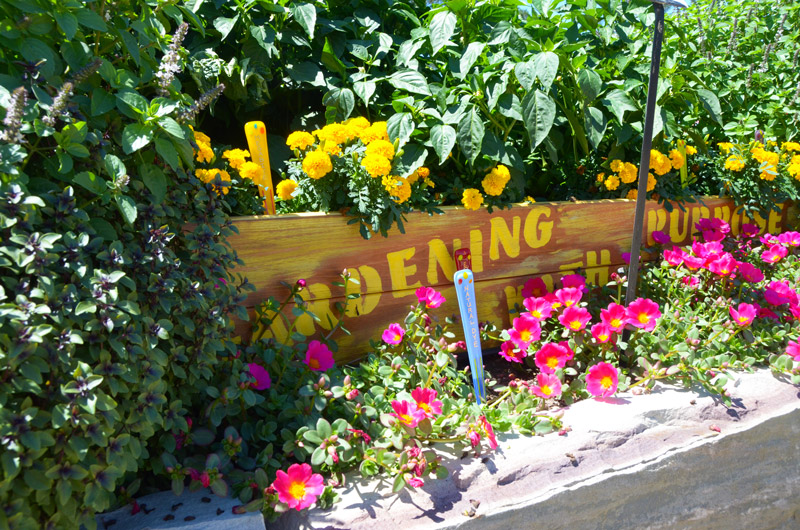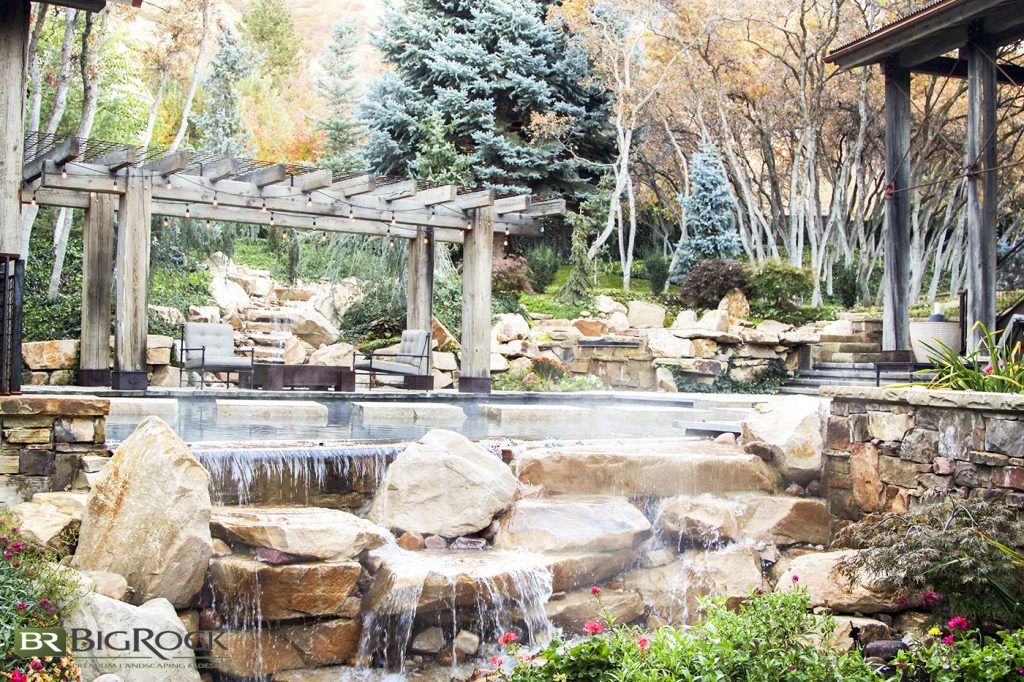All About Hilton Head Landscapes
All About Hilton Head Landscapes
Blog Article
6 Simple Techniques For Hilton Head Landscapes
Table of ContentsLittle Known Questions About Hilton Head Landscapes.8 Simple Techniques For Hilton Head LandscapesIndicators on Hilton Head Landscapes You Need To KnowLittle Known Facts About Hilton Head Landscapes.Hilton Head Landscapes Things To Know Before You Get ThisThe 45-Second Trick For Hilton Head LandscapesThe Basic Principles Of Hilton Head Landscapes
Line produces all types and patterns and can be used in a variety of methods in the landscape. Line in the landscape is developed by the side between two materials, the synopsis or shape of a form, or a long straight feature. Lines are an effective tool for the developer since they can be used to create an infinite range of shapes and types, and they manage motion of the eye and the body.

Lines can have one or even more attributes, such as those defined listed below, yet they usually offer different functions. Figure 1. Lines in the landscape - Landscapers near me. The residential properties of lines figure out exactly how people react to the landscape, both psychologically and literally. Straight lines are structural and forceful; they produce a formal character, are usually related to a balanced design, and lead the eye straight to a focal point.
The Only Guide for Hilton Head Landscapes
Rounded lines produce a casual, natural, loosened up personality that is connected more with nature and asymmetrical equilibrium. Bent lines move the eye at a slower rate and include secret to the space by developing covert views.
Vertical lines in the landscape include tall, slim plant material, such as trees, or tall structures, such as an arbor or a bird home on a post. Horizontal lines move the eye along the ground airplane and can make a space really feel bigger. Reduced lines are much more subdued and produce a feeling of remainder or repose.
4 Easy Facts About Hilton Head Landscapes Shown
Reduced lines are created by reduced garden walls, sidewalks, and short hedges. Lines are used to attract forms on a strategy. In strategy view, they specify plant beds and hardscape locations. Lines are additionally created by the vertical types of built functions and plant product. There are three main line kinds that produce form in the landscape: bedlines, hardscape lines, and plant lines.
Bedlines link plant material to your house and hardscape because the eye adheres to the line, moving the gaze through the landscape. Hardscape lines are produced by the side of the hardscape, which marks the built framework. Line can additionally be developed by long and narrow materials, such as a fence or wall.
The Greatest Guide To Hilton Head Landscapes
Kind is discovered in both hardscape and plants, and it is generally the leading aesthetic element that spatially organizes the landscape and frequently figures out the style of the garden. The form of frameworks, plant beds, and garden ornaments also determines the general kind style of the yard. Formal, geometric forms consist of circles, squares, and polygons.
Plants produce type in the garden via their details or silhouettes, but form can also be specified by a gap or adverse area between plants - bluffton landscaping (https://www.openstreetmap.org/user/h1tnhdlndscps). Circles can be cycles, or they can be split into half circles or circle sectors and integrated with lines to produce arcs and tangents
A Biased View of Hilton Head Landscapes
Circles can likewise be extended into ovals and ellipses for even more selection and rate of interest. Circles are a strong layout type due to the fact that the eye is always drawn to the center, which can be utilized to highlight a centerpiece or connect various other kinds. Figure 2. Round forms in hardscape and grass panels.
The square type can likewise be segmented and used continuously to produce a grid pattern. Unlike circles, squares are stronger on the brink, which can be aligned or overlapped to produce special patterns and even more intricate kinds. Polygons are many-sided kinds with straight edges. Triangulars, for instance, are three-sided polygons.
Twisting lines commonly mimic the all-natural course of rivers or streams and can be referred to as smooth lines with deeply curved wavinesses. Twisting lines (Number 3) function well for paths, plant bedlines, and completely dry stream beds. Twisting lines can add interest and secret to a yard by leading visitors around edges to uncover brand-new views and areas.
Everything about Hilton Head Landscapes

Usual plant types are well developed and standard, as form is the most regular and identifiable quality of plants. Form can likewise be created with the massing of plants, where the overall mass develops a different form than a specific plant.
A very different form has to be used with careone or 2 work well as a prime focus, however a lot of wreak havoc. Natural plant kinds, rather than over-trimmed types, need to establish the bulk of the structure. The importance of overall form is basically depending on the watching perspectivethe form of a tree can show up quite different to a person standing under the cover versus checking out the tree from a range in an open area.
The Definitive Guide for Hilton Head Landscapes
Plant forms also develop and additional resources specify the space or open areas between the plants, producing either convex or concave kinds in deep spaces. High-arching tree branches typically create a concave open space under the branches, and a round cover with reduced branches fills the room to develop a convex form in the open space under the tree.

Report this page